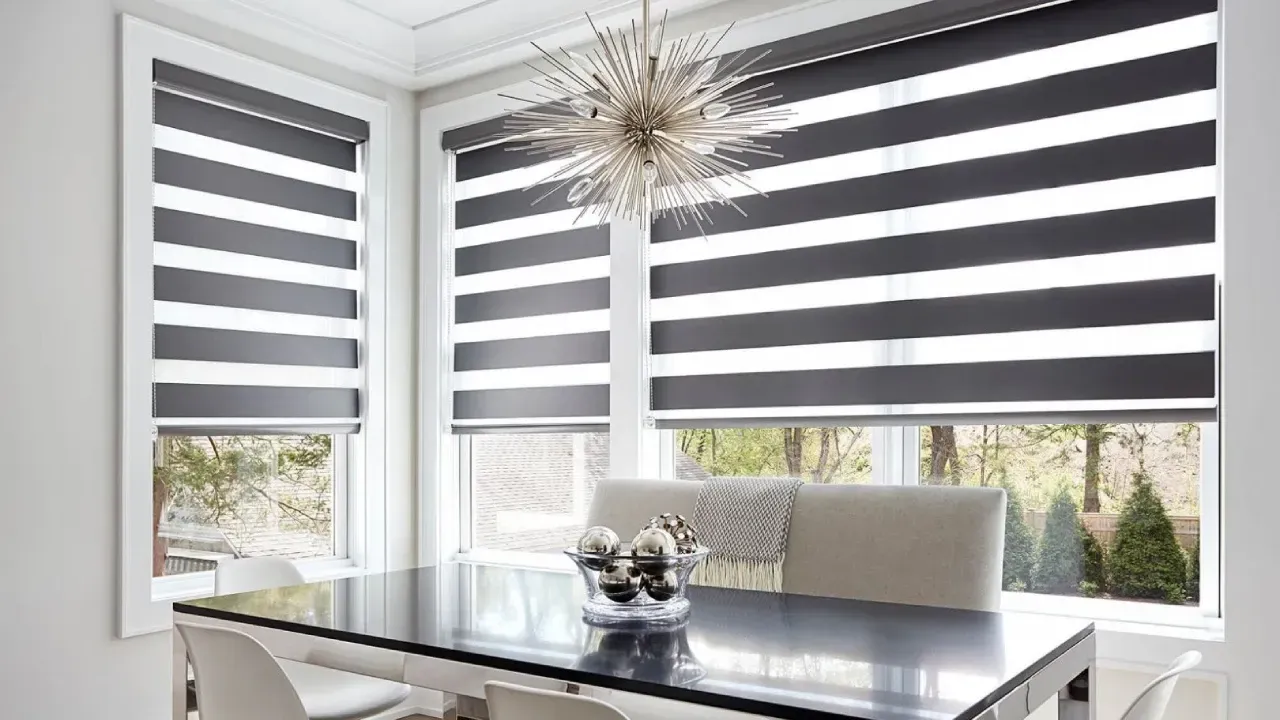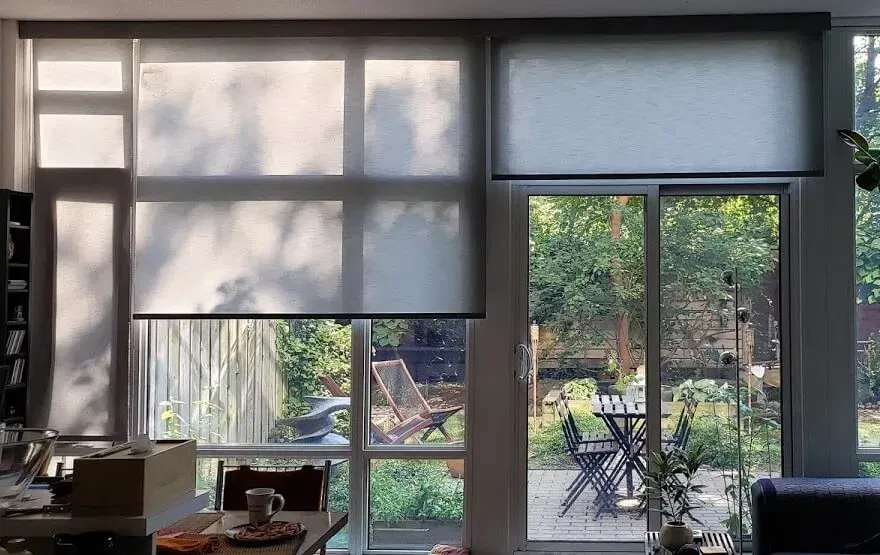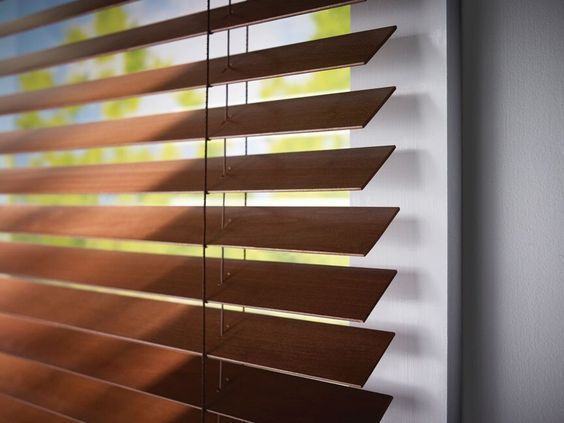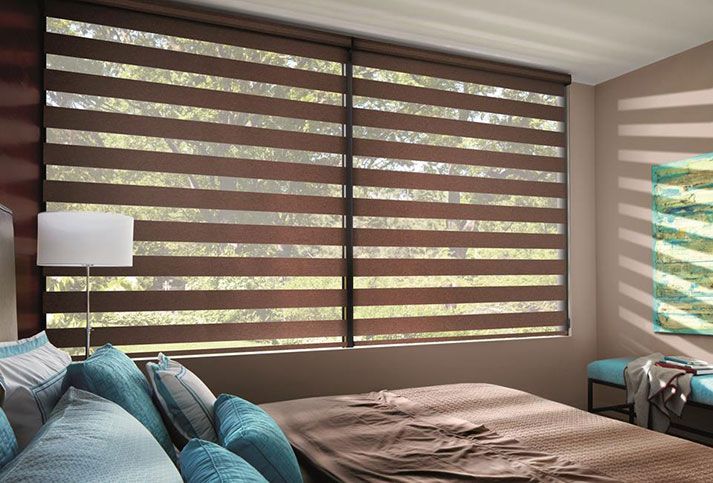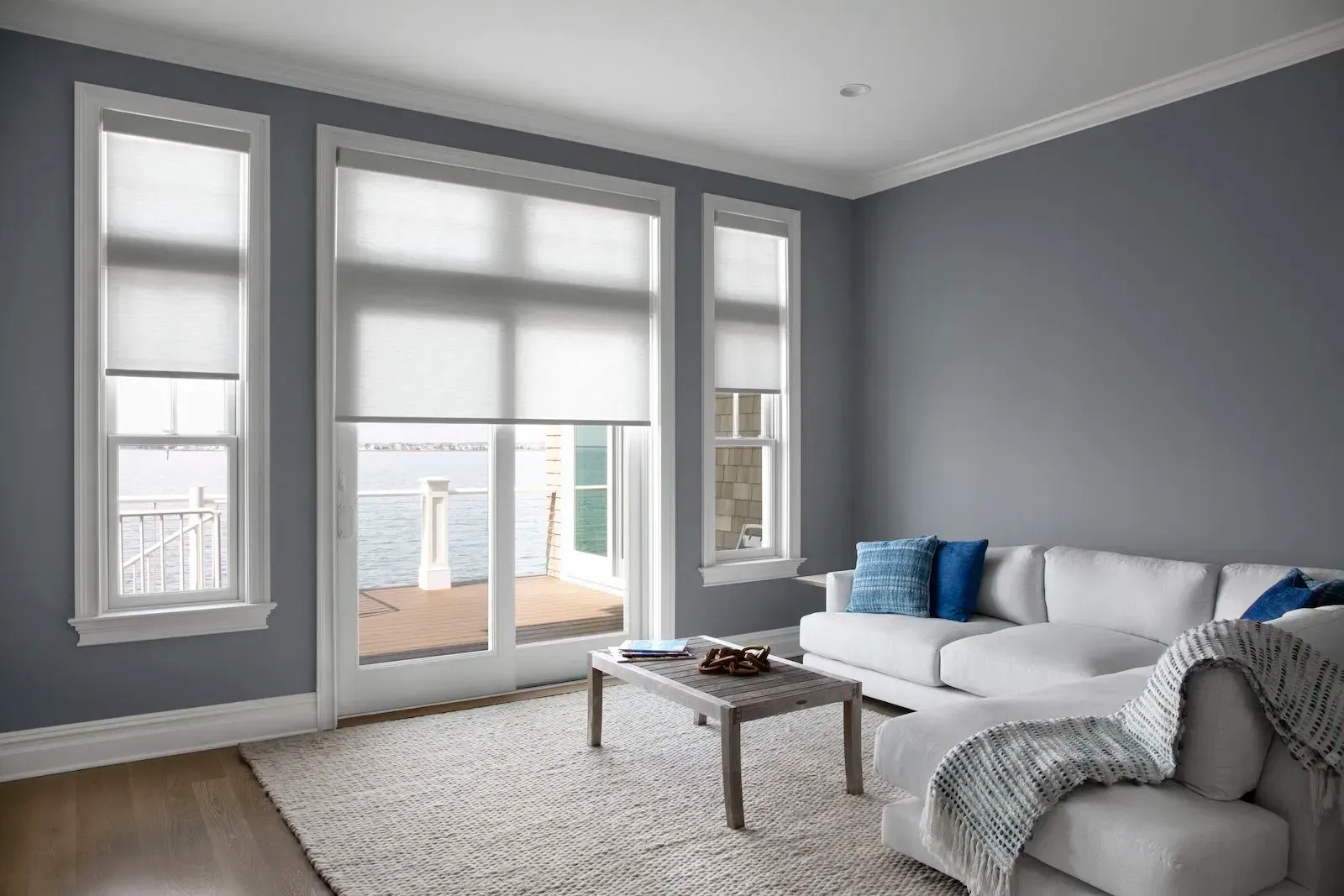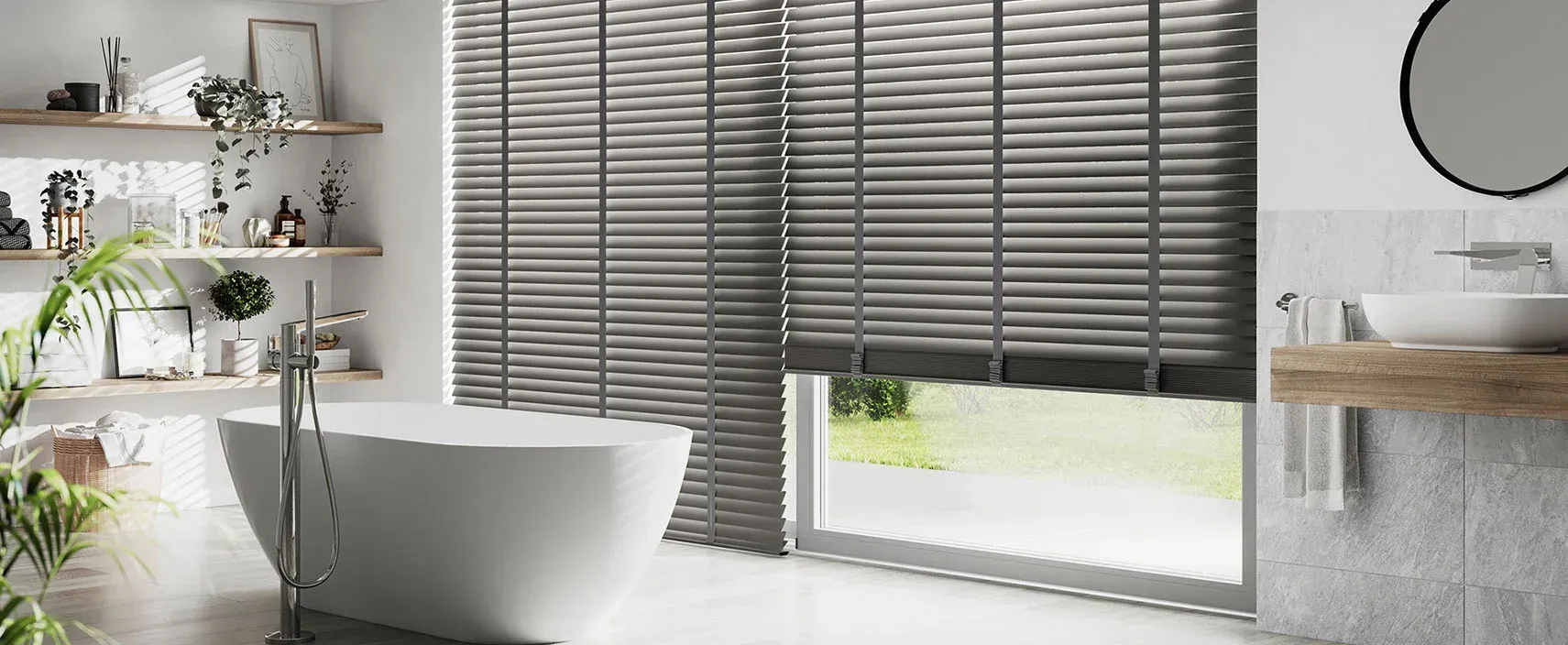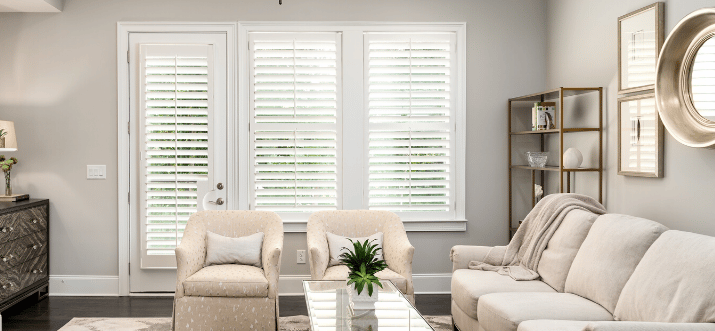What Are Venetian Blinds? Is It Worth Buying
Table Of Contents
Venetian blinds are a type of window treatment characterized by horizontal slats that can be adjusted to control light and privacy. These blinds are popular for their versatility, durability, and aesthetic appeal, making them a preferred choice for both residential and commercial settings. Their popularity stems from their ability to provide excellent light control, privacy, and a sleek look that fits various interior styles.
Types of Venetian Blinds
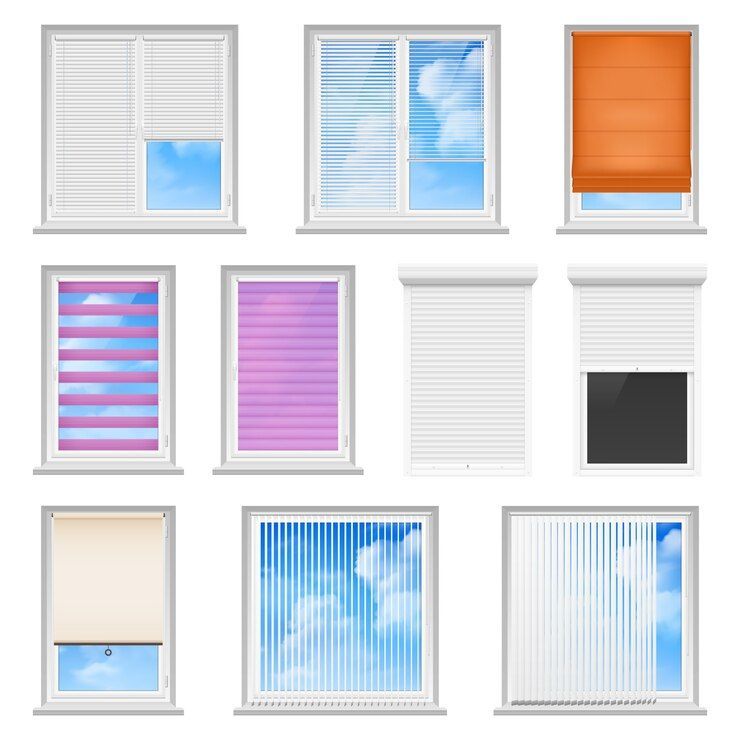
What are the different types of Venetian blinds? There are several types of Venetian blinds, each with distinct features and benefits:
Wooden Venetian Blinds
Made from real wood, these blinds offer a natural and warm look, ideal for living rooms and bedrooms. They are durable but require more maintenance to prevent warping.
Aluminum Venetian Blinds
Known for their sleek and modern appearance, aluminum blinds are lightweight, resistant to moisture, and perfect for kitchens and bathrooms.
Faux Wood Venetian Blinds
Faux wood are made from composite materials that mimic the look of real wood. They are more affordable and resistant to moisture, making them suitable for any room.
PVC Venetian Blinds
PVC blinds are cost-effective, durable, and easy to clean. They are available in various colors and styles, suitable for high-humidity areas like bathrooms.
Benefits of Venetian Blinds
Benefits of using Venetian blinds in living rooms include their ability to control light effectively, offering both privacy and aesthetic appeal. Venetian blinds provide excellent light control, allowing you to adjust the slats to let in as much or as little light as you desire. This feature is particularly beneficial in home offices and living rooms, where varying light conditions are needed. Additionally, Venetian blinds add a sleek and stylish look to any room, enhancing its overall décor.
Installation of Venetian Blinds
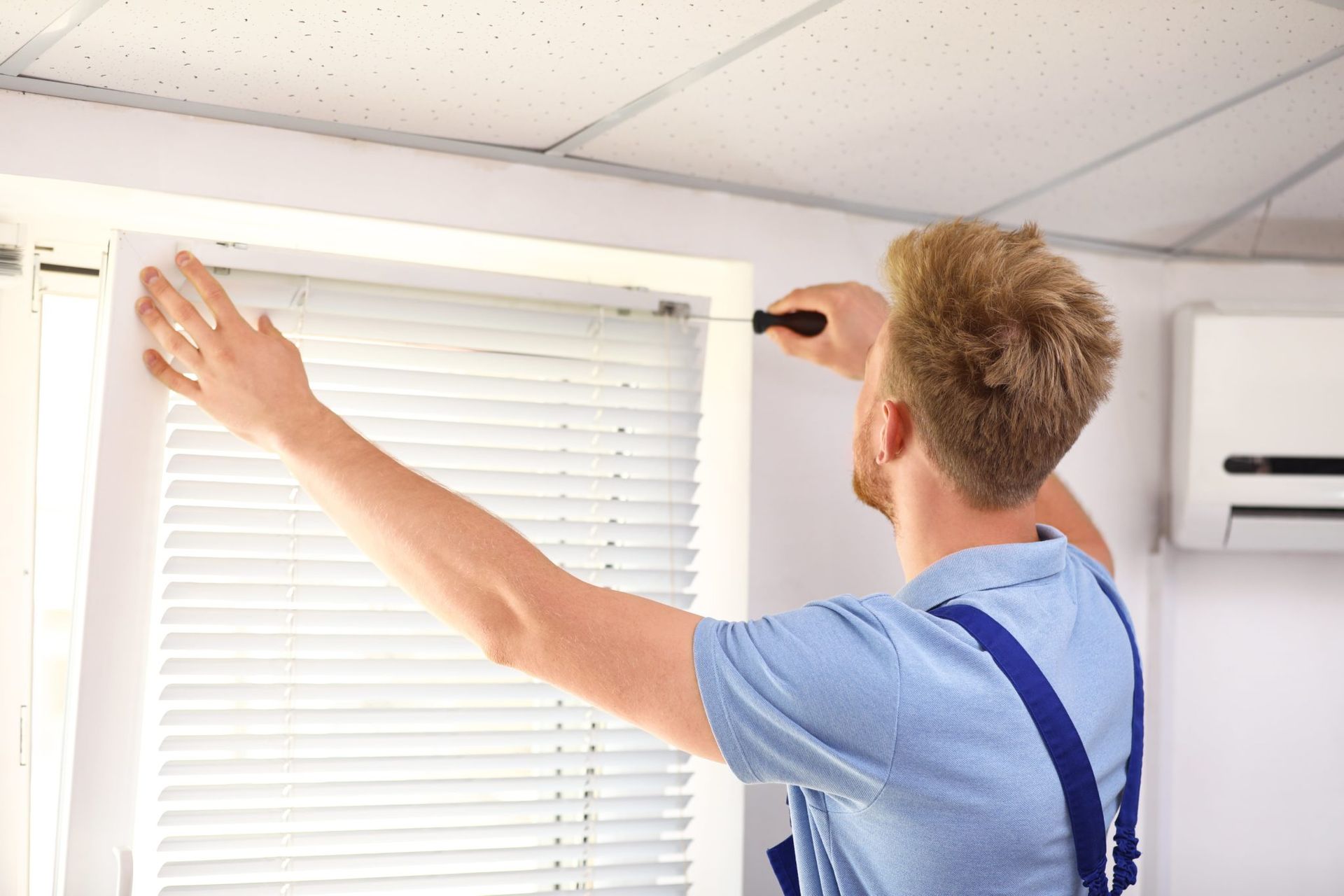
How to install Venetian blinds in your home can be straightforward with the right tools and steps:
Measure the Window:
Accurate measurements are crucial. Measure the width and height of the window frame to ensure the blinds fit perfectly.
Gather Tools:
You will need a drill, screws, brackets, a screwdriver, and a measuring tape.
Install Brackets:
Attach the brackets inside or outside the window frame, depending on your preference.
Mount the Blinds:
Clip the headrail into the brackets and secure it.
Attach the Cords:
Ensure the cords are correctly threaded through the slats and attached to the bottom rail.
Professional installation may be preferable for larger or more complex windows to ensure a perfect fit and operation. Common mistakes to avoid include incorrect measurements and not securing the brackets firmly.
How To Maintain Venetian Blinds

Maintenance tips for Venetian blinds include regular dusting and occasional deep cleaning:
Dusting
Use a microfiber cloth or a vacuum with a brush attachment to remove dust from the slats.
Cleaning
For deeper cleaning, wipe the slats with a damp cloth and mild detergent. Wooden blinds should be dried immediately to prevent warping.
Frequency
Clean your blinds at least once a month to keep them looking their best. Regular maintenance helps extend the life of your blinds and keeps them functioning smoothly.
What Is The Best Venetian Blinds in Different Rooms
Are Venetian blinds good for bedrooms?
Yes, Venetian blinds are excellent for bedrooms due to their light control and privacy features.
Bathrooms
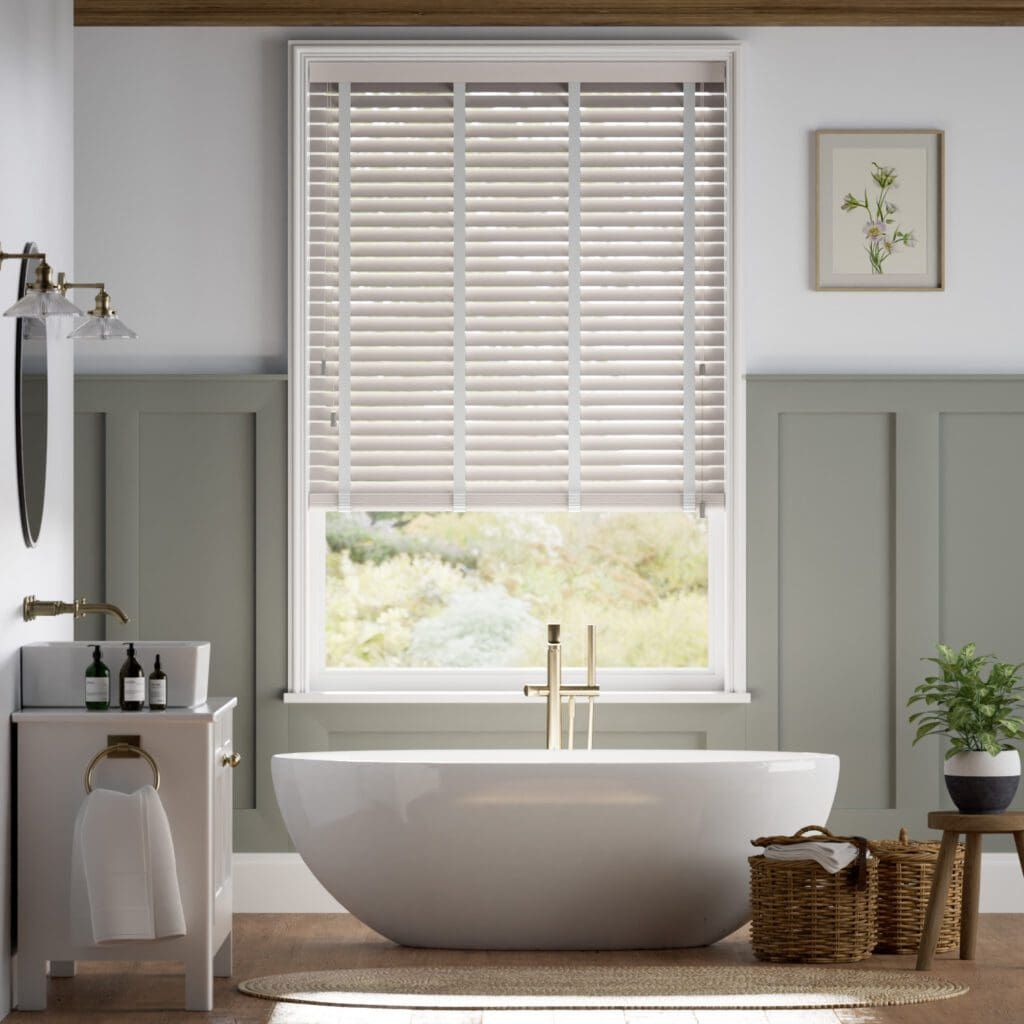
Aluminum or PVC blinds:
- Ideal because they resist moisture.
Kitchens

Faux wood or aluminum blinds:
- Can withstand humidity.
- Easy to clean.
Offices and Living Rooms
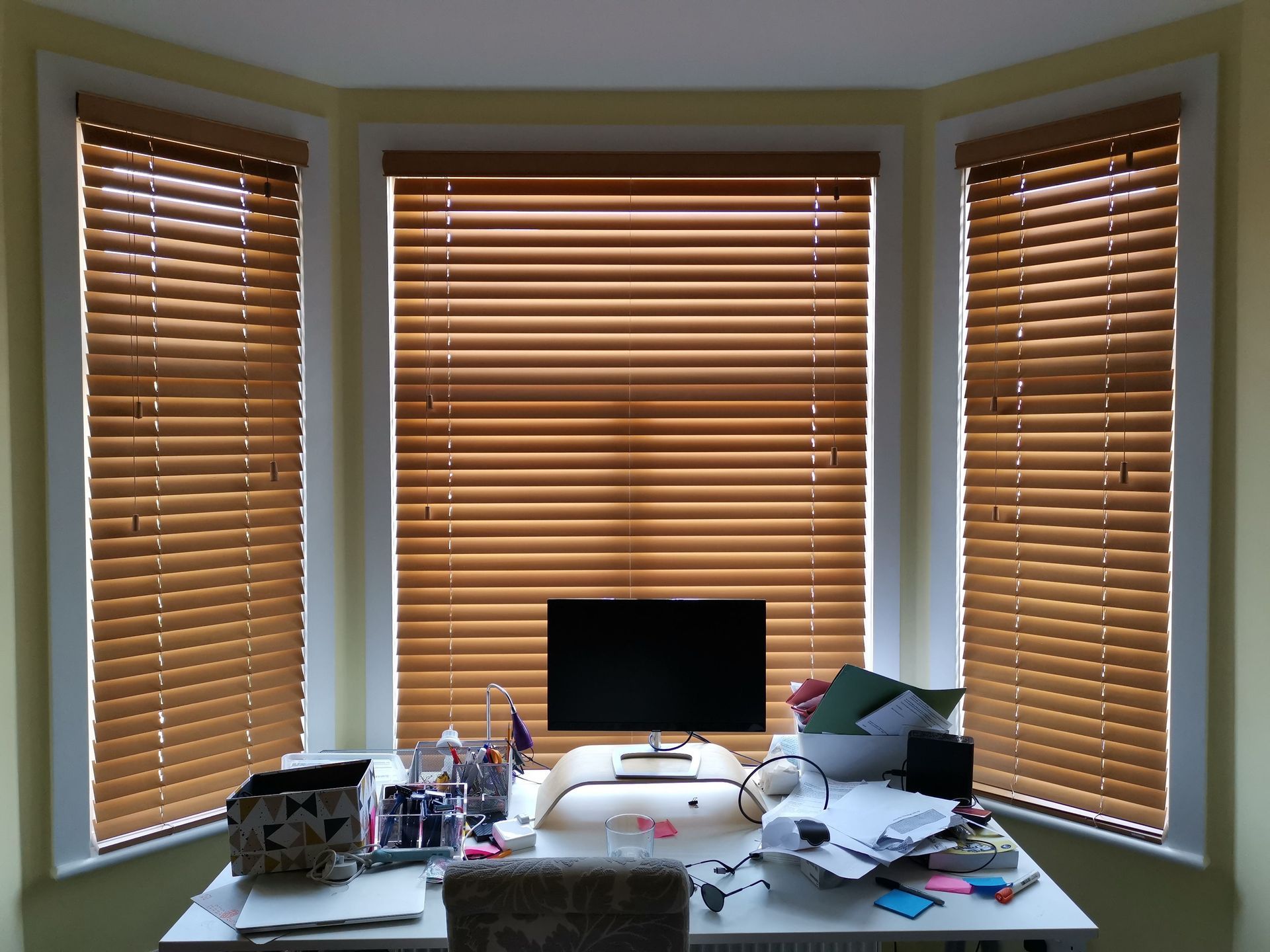
Venetian blinds:
- Provide a professional look.
- Allow for adjustable lighting.
Comparison with Other Blinds
When comparing Venetian blinds with other types of blinds, such as roller blinds and Roman shades, several unique advantages become apparent:
Venetian Blinds vs. Roller Blinds:
- Adjustable slats: Provide better light control.
- Roller blinds: Offer a single piece of fabric, limiting adjustability.
Venetian Blinds vs. Roman Shades:
- Adjustability: Venetian blinds offer superior adjustability.
- Roman shades: While elegant, do not provide the same level of light control.
Pros of Venetian Blinds:
- Versatility
- Adjustability
Cons of Venetian Blinds:
- Require more frequent cleaning compared to fabric blinds.
Cost and Pricing of Venetian Blinds
Factors affecting the cost of Venetian blinds include:
Material:
- Wooden blinds: Tend to be more expensive due to the quality of the material.
- Aluminum and PVC blinds: More budget-friendly options.
Size:
- Larger windows require more material, increasing the cost.
Level of Customization:
- Custom sizes, colors, and finishes can add to the price.
Average Pricing:
Wooden Venetian Blinds:
- Range from $50 to $200 per window.
Aluminum and PVC Blinds:
- Range from
$30 to $100 per window.
Ready To Get Your Venetian Blinds?
Venetian blinds are a versatile, stylish, and practical window treatment option suitable for various settings. They offer excellent light control, privacy, and aesthetic appeal, making them a popular choice among homeowners and organizations alike. Whether you're considering them for a living room, bedroom, kitchen, or office, Venetian blinds can enhance the functionality and look of your space. For more information and personalized assistance, contact Love is Blinds today.

